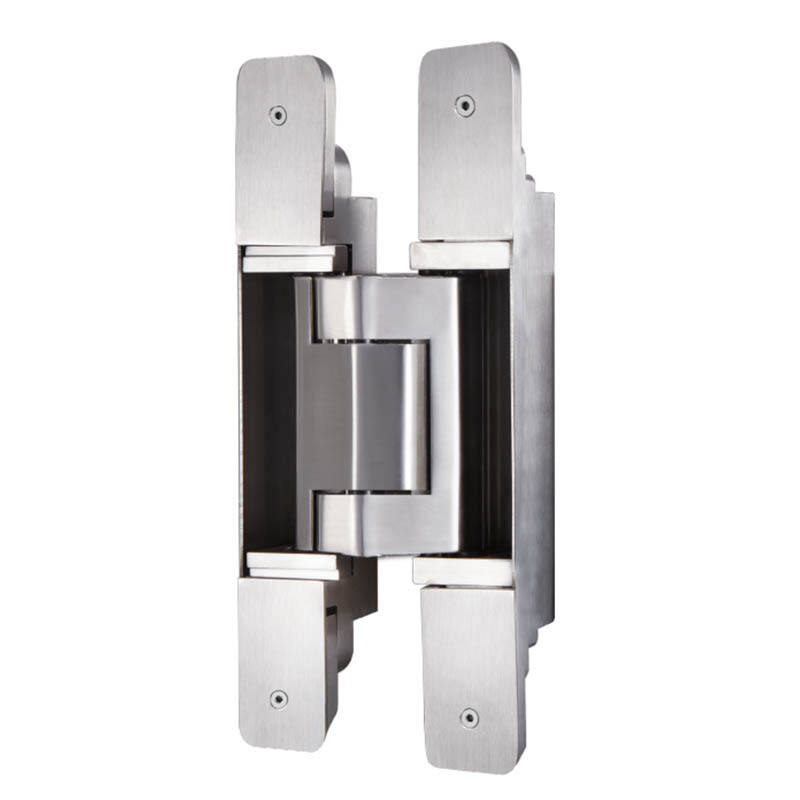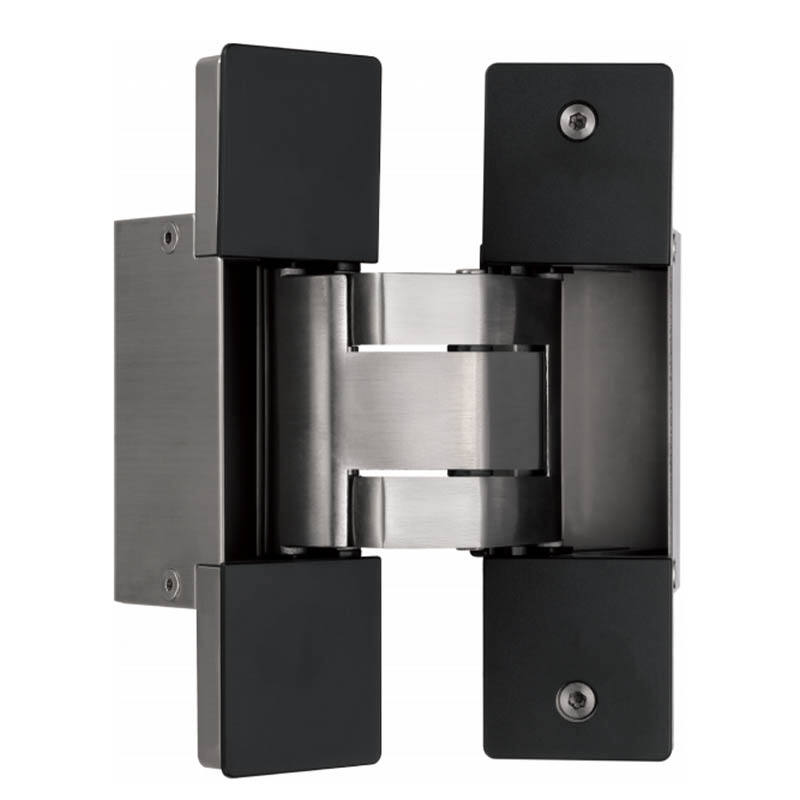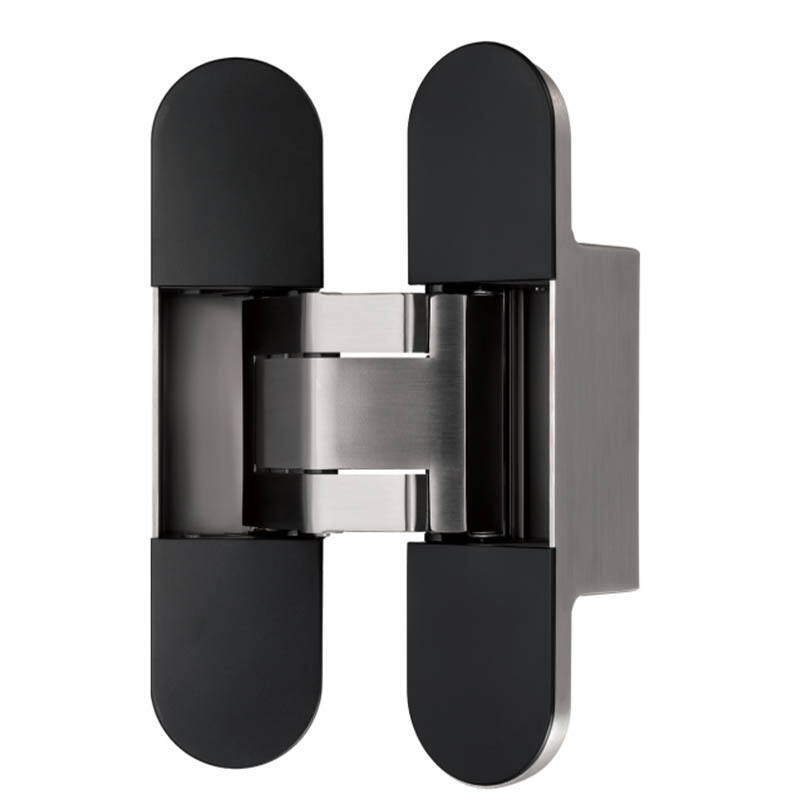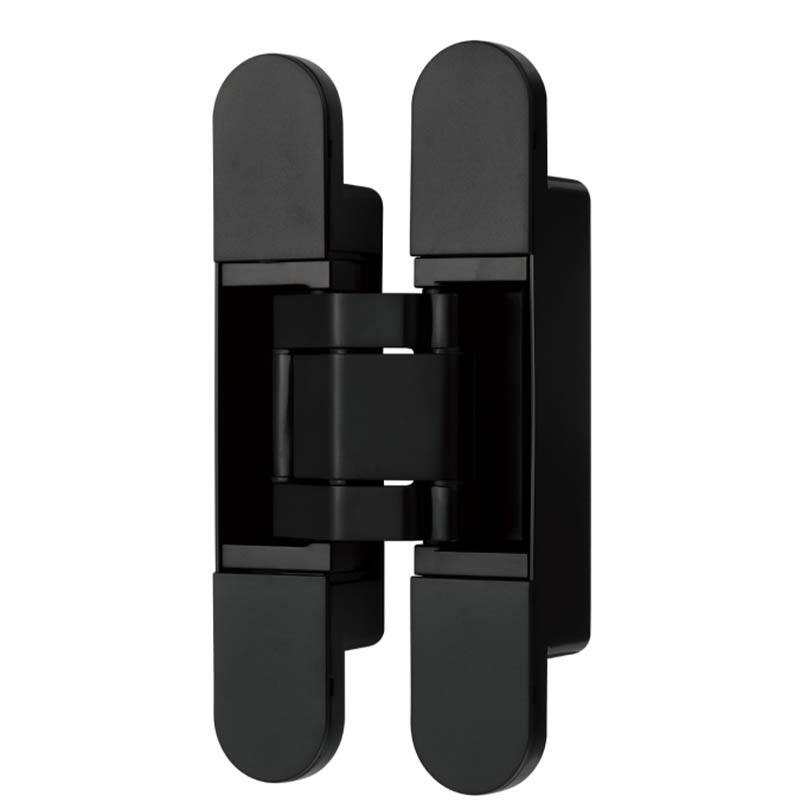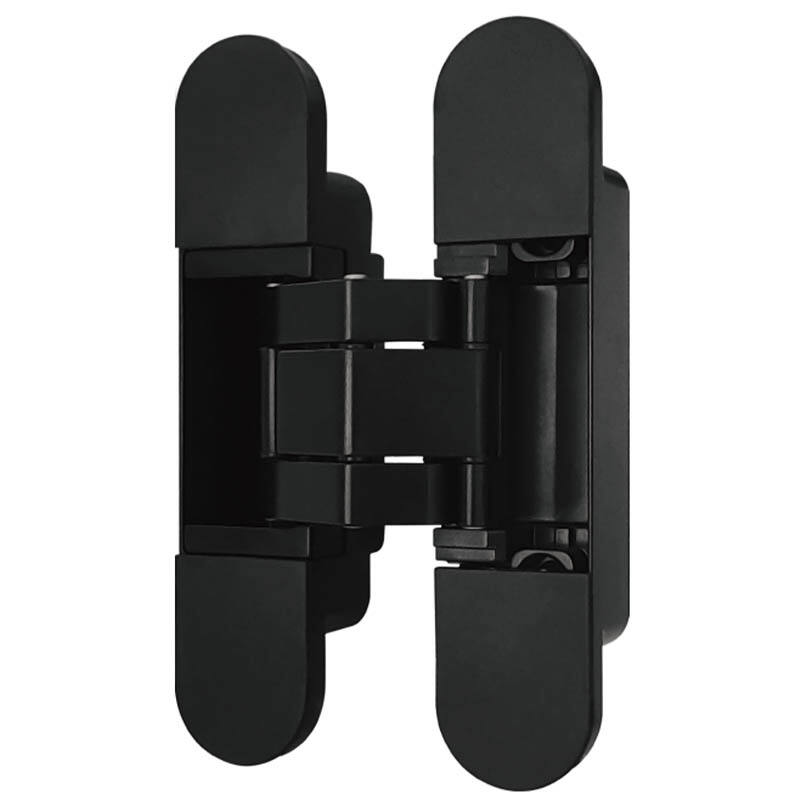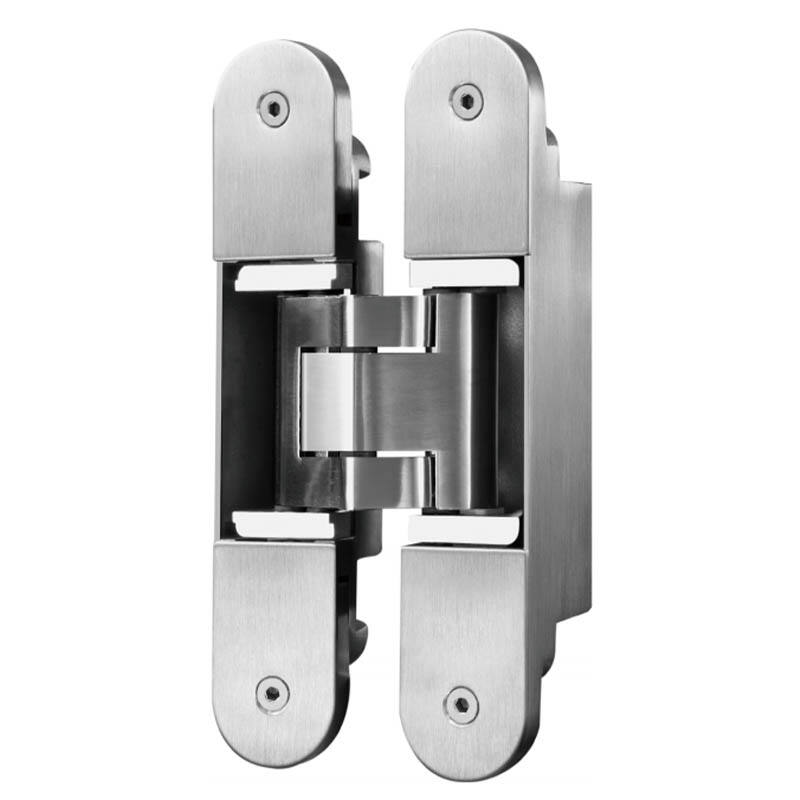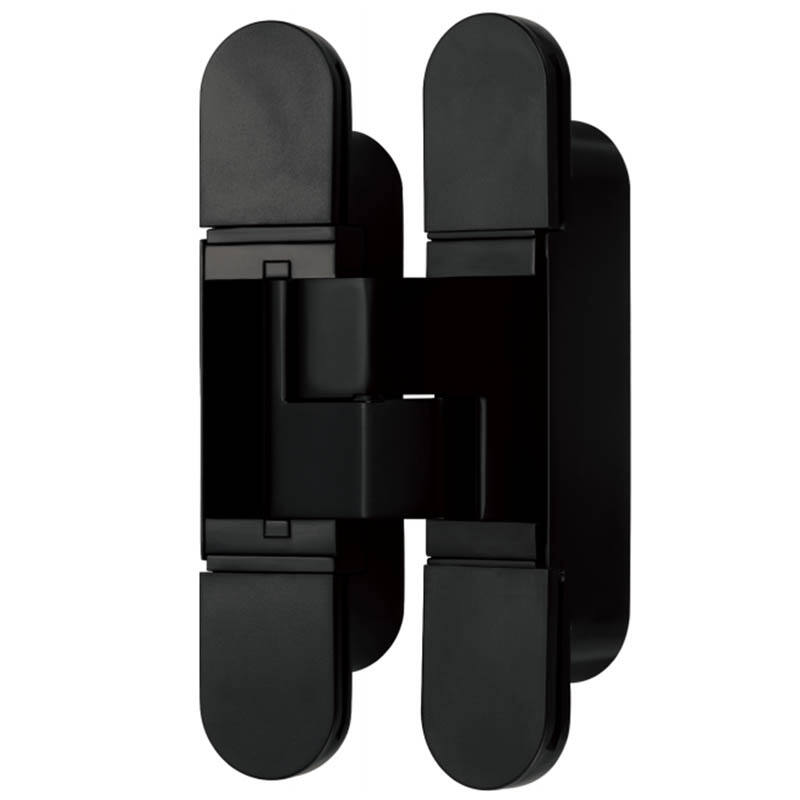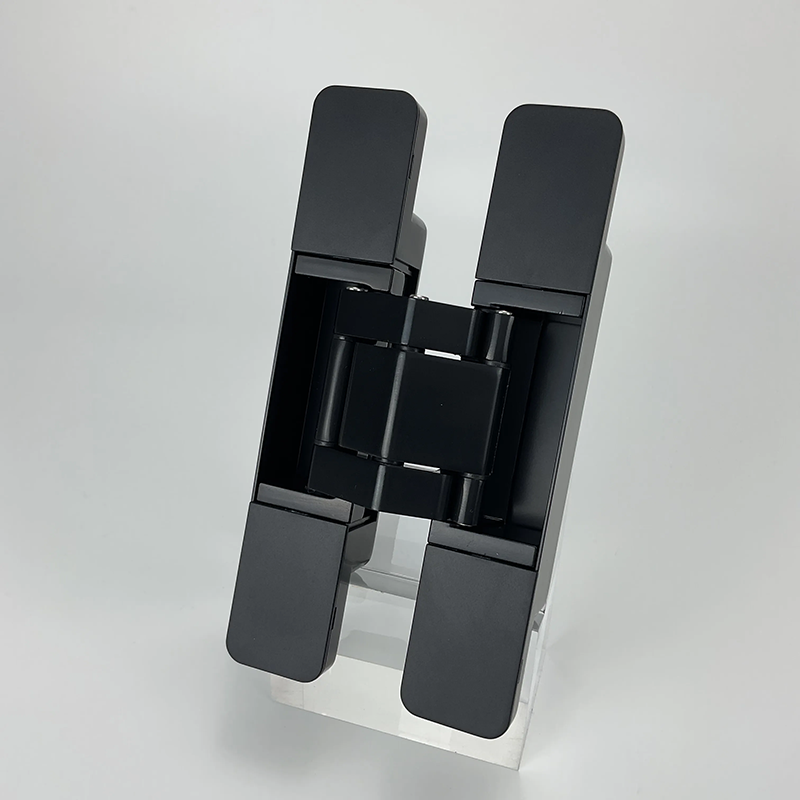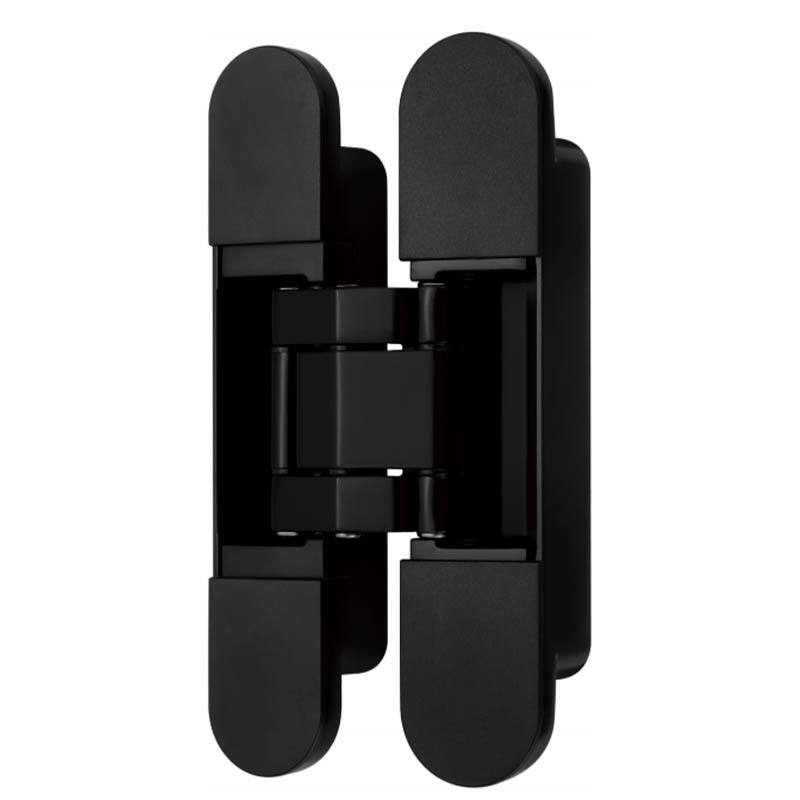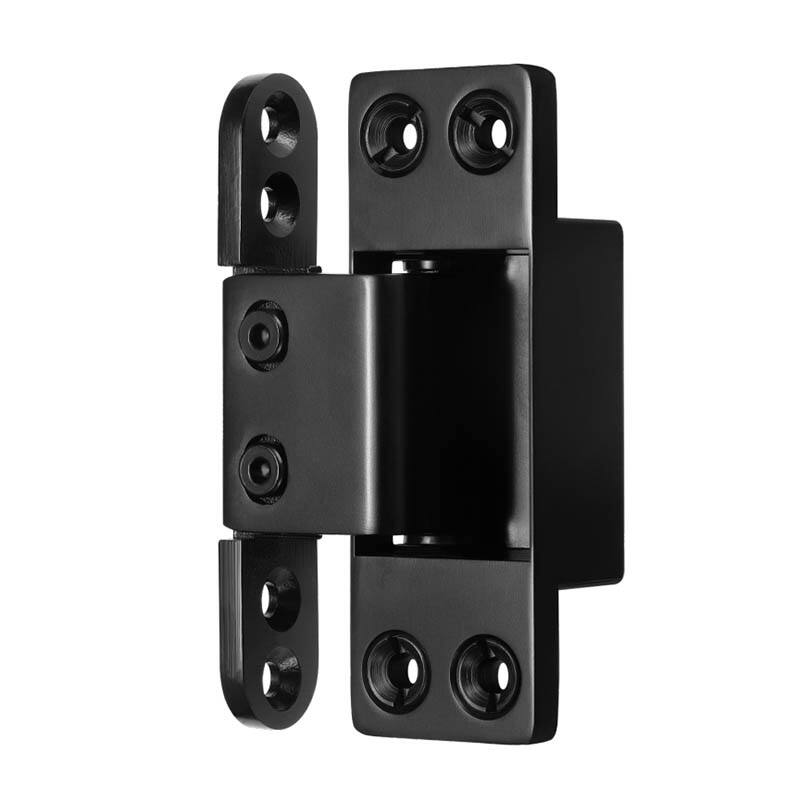Zinc 합금 숨은饺과 SUS304 숨은饺의 차이점은 무엇입니까?
문이나 서랍장에 적합한 합장을 선택할 때 재료 간의 차이점을 이해하는 것은 매우 중요합니다. 이 글에서는 아연 합금에 대한 차이점을 살펴보겠습니다. 숨겨진 핀 그리고 SUS304 숨은 핀거조인트를 다루며, 그 특징, 이점 및 응용 분야에 초점을 맞춥니다. 두 옵션은 현대 디자인에서 인기가 있지만 서로 다른 필요와 선호도에 따라 제공됩니다.
1. 아연 합금 숨은 합장 개요
ADWORK에서 제공하는 아연 합금 숨은 합장은 기능성을 유지하면서도 일체감 있는 외관을 제공하도록 설계되었습니다. 아연 합금으로 만들어진 이러한 합장은 강도와 미적 매력을 결합하며, 숨겨진 디자인 덕분에 문틀 안에 설치되어 가구나 서랍장의 시각적 조화를 방해하지 않습니다.
아연 합금 숨은 합장의 장점:
- 부식 저항: 아연 합금은 본질적으로 부식에 강해 다양한 환경에서 사용하기 적합합니다.
- 비용 효율성: 일반적으로 아연 합금 합장은 스테인레스 스틸보다 더 경제적이어서 많은 프로젝트에 있어 예산 내에서 해결책을 제공합니다.
- 다용성: 주거용에서 상업용 환경까지 다양한 응용 분야에서 사용할 수 있습니다.
2. SUS304 숨은饺목 개요
반면, SUS304 숨은饺목은 특히 높은 내식성과 내구성이 특징인 SUS304 등급의 스테인레스로 만들어집니다. ADWORK는 외관과 지속 가능성에 중점을 둔 고급 응용 분야에 적합한 다양한 SUS304 숨은饺목을 제공합니다.
SUS304 숨은饺목의 장점:
- 우수한 강도: 스테인레스는 강화된 강도와 내구성을 제공하여 무거운 문과 자주 사용하는 경우에도 이상적입니다.
- 탁월한 방청성: SUS304는 녹과 산화에 매우 강해 습도가 높거나 습기에 노출되는 환경에서도 적합합니다.
- 세련된 마감: 스테인레스饺목의 간결한 디자인과 마감은 어떤 실내 공간에도 우아함을 더합니다.
3. 아연 합금 숨은饺목과 SUS304 숨은饺목의 주요 차이점
재료 구성
- 아연 합금: 주로 아연으로 구성된 these 힌지들은 가볍고 비용 효율적이어서 덜 까다로운 용도에 적합한 선택입니다.
- SUS304 스테인레스: 이 등급의 스테인레스는 크롬과 니켈을 함유하고 있어 뛰어난 강도와 혹독한 환경 조건에 대한 내성을 제공합니다.
내구성
- 아연 합금: 부식에 저항하지만, 아연 합금 힌지는 스테인레스만큼 극단적인 조건을 견디기 어렵습니다.
- SUS304: 튼튼함으로 잘 알려져 있으며, SUS304 힌지는 더 많은摩耗 및 손상을 견딜 수 있도록 설계되었습니다.
미적 매력
- 아연 합금: 다양한 색상과 스타일로 마감 처리할 수 있어 인테리어에 맞게 커스터마이징이 가능합니다.
- SUS304: 일반적으로 폴리시드 또는 브러시드 마감으로 제공되어 현대적이고 세련된 외관을 선사합니다.
결론
아연 합금 숨은 핀과 SUS304 숨은 핀 모두 장점이 있으며 다양한 용도에 적합합니다. 재료, 내구성 및 미적 매력의 차이를 이해하면 프로젝트 요구사항에 가장 적합한 선택을 할 수 있습니다.
추천 제품
뜨거운 소식
-
숨겨진 합页: 완벽한 디자인을 위한 보이지 않는 솔루션
2024-11-08
-
현대 건축에서의 합금 숨겨진 합페이지의 장점
2024-11-04
-
큰강에 물을 흘리며, 파도를 깨기 위해 고군분투하는 것----지방그룹의 2024-2026 사업 목표와 2024년 사업계획 회의를 성공적으로 개최했습니다
2024-01-22
-
바람이 강하고 선장이 떠있으니 열심히 일해야 할 때입니다.
2024-01-22
-
회사는 특별한 프로젝트 팀을 구성하고 외국 엔지니어와 다양한 기술적 문제를 논의했습니다.
2024-01-22
-
끝없는 학습은 발전을 촉진합니다.
2024-03-22

 EN
EN
 AR
AR
 HR
HR
 CS
CS
 DA
DA
 NL
NL
 FI
FI
 FR
FR
 DE
DE
 EL
EL
 HI
HI
 IT
IT
 KO
KO
 NO
NO
 PL
PL
 PT
PT
 RO
RO
 RU
RU
 ES
ES
 SV
SV
 TL
TL
 IW
IW
 ID
ID
 LV
LV
 LT
LT
 SR
SR
 SK
SK
 SL
SL
 VI
VI
 SQ
SQ
 ET
ET
 HU
HU
 TH
TH
 TR
TR
 MS
MS
 IS
IS
 LA
LA
 KK
KK
 UZ
UZ
 KY
KY
